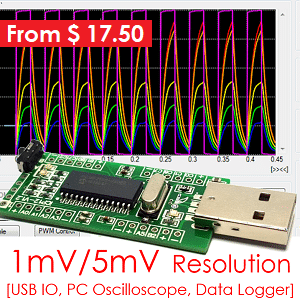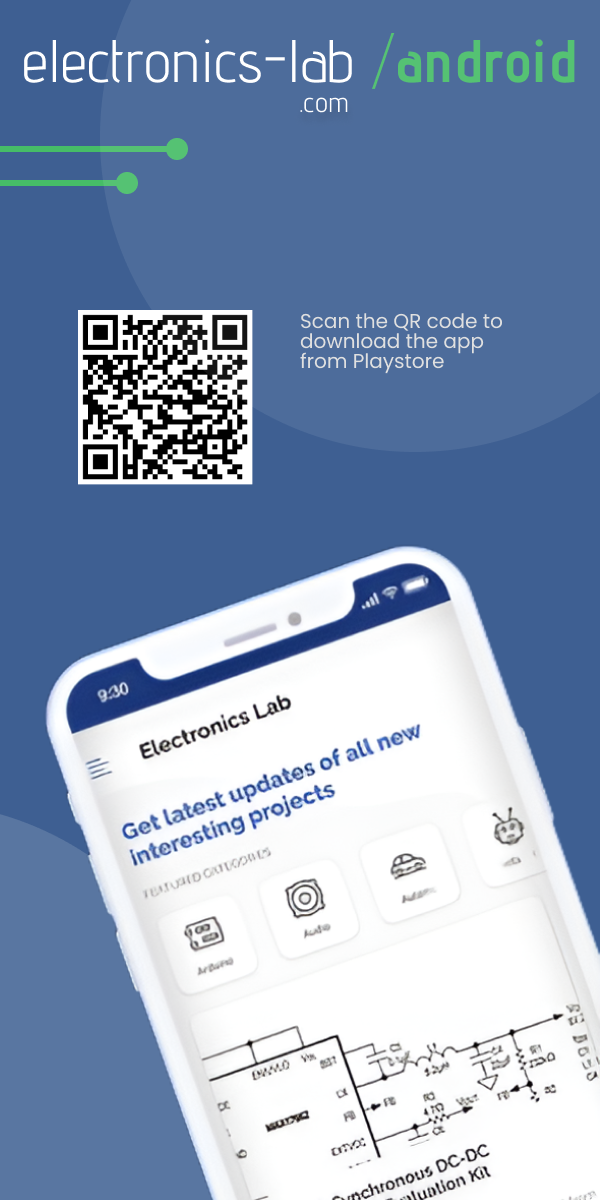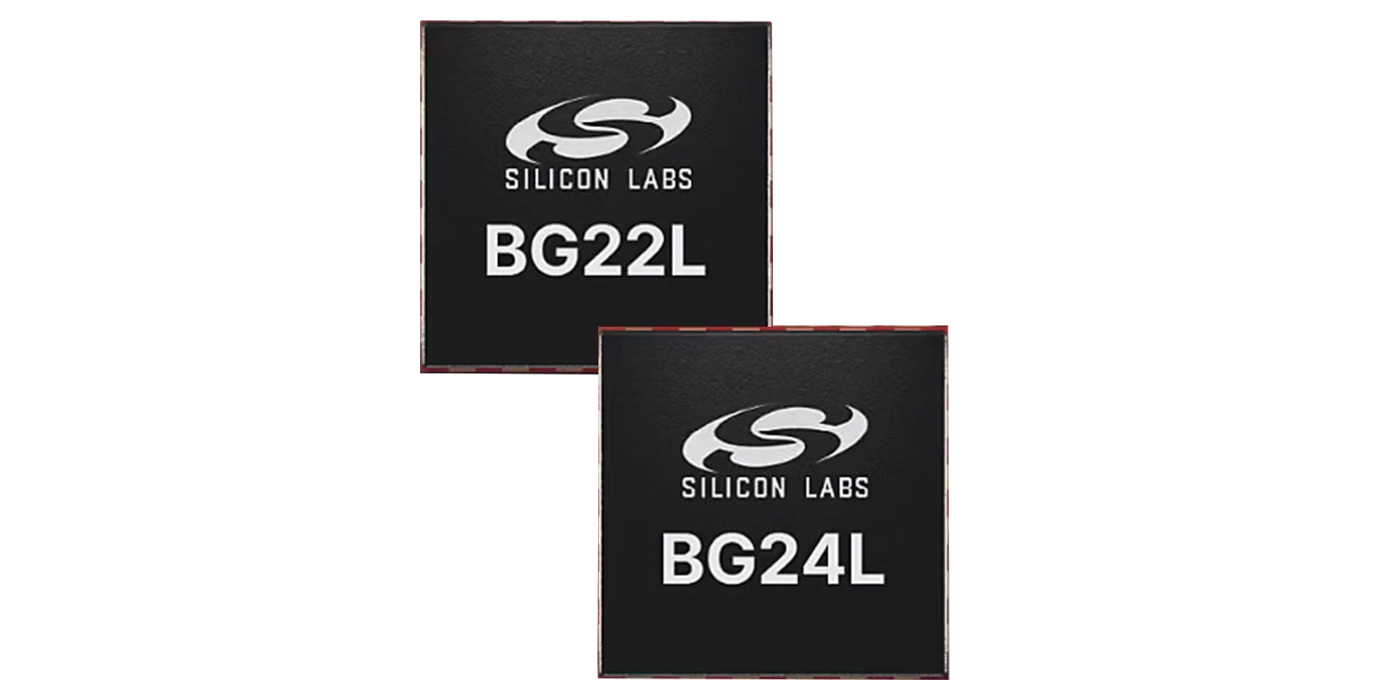
Silicon Labs showcased Low-Power EFR32BG22L and EFR32BG24L Bluetooth Wireless SoCs for BLE and IoT Applications
Silicon Labs is preparing to launch the EFR32BG22L and EFR32BG24L, low-power wireless System-on-Chip (SoC) solutions from Silicon Labs designed for Bluetooth Low Energy (BLE) and IoT applications.
The EFR32BG22L features a 38.4 MHz ARM Cortex-M33 core, up to 352 kB flash, 24 kB RAM, and a 2.4 GHz radio with up to 6 dBm TX power. It is optimized for energy efficiency and is used in asset tracking, medical devices, and remote controls. The EFR32BG24L, on the other hand, offers a higher-performance 78 MHz Cortex-M33 core, up to 768 kB flash, 96 kB RAM, and a 10 dBm TX power radio.
It includes Secure Vault for cybersecurity, an AI/ML hardware accelerator, smart home devices, lighting, and predictive maintenance. As a result, both SoCs support BLE, proprietary protocols, and energy-efficient operation, making them ideal for low-power, high-performance IoT applications.
Previously, we have written about the Synaptics SYN20708, another low-power BLE SoC, designed for simultaneous handling Bluetooth 5.4 classic/low energy. We have also covered other products with BLE including the Espressif ESP32-H2-WROOM-07, the STMicroelectronics ST67W611M1, and many more. Therefore, the BG22L and BG24L SoC share similar specifications, we don’t need to repeat those details here. So, we’ll focus on their key features and advantages.
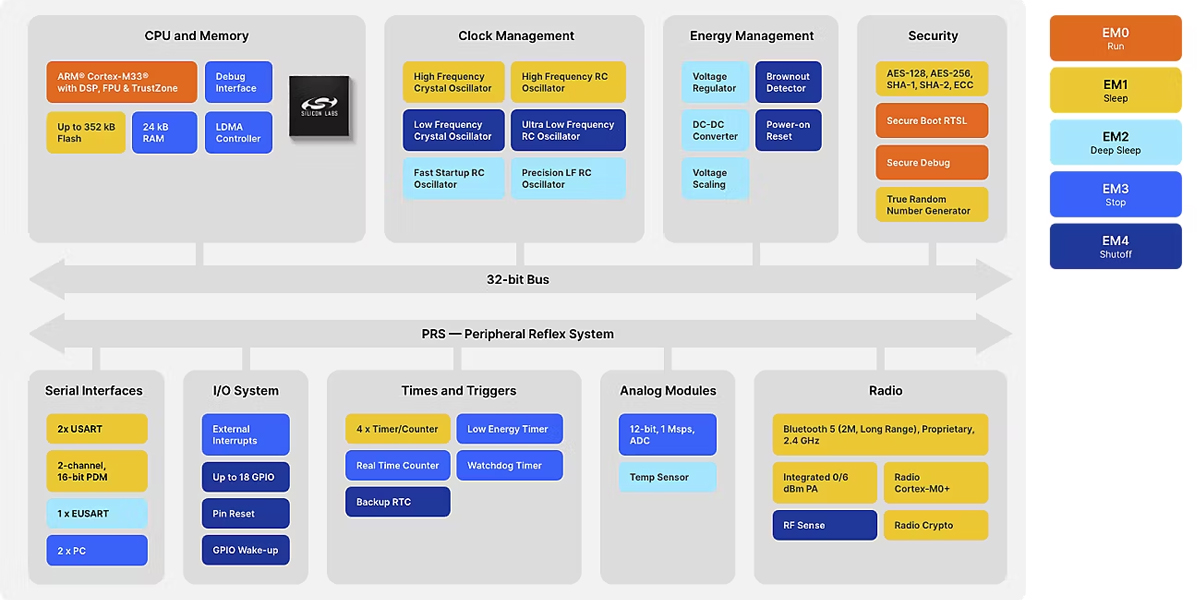
EFR32BG22L Specifications:
- CPU: 32-bit ARM Cortex-M33 @ 38.4 MHz
- Memory: 24 kB RAM
- Storage: Up to 352 kB flash
- Wireless: 2.4 GHz radio
- Bluetooth Low Energy (BLE) 5.4
- TX power: Up to 6 dBm
- Sensitivity: -106.7 dBm @ 125 kbps GFSK
- I/O and Peripherals:
- 12-bit ADC (1 Msps), 16-bit ADC (76.9 ksps)
- Up to 18 GPIOs
- 2x UART, 2x I2C, 8x DMA channels
- Digital microphone interface (PDM)
- Security:
- Secure Boot with Root of Trust
- Hardware Crypto Acceleration (AES, SHA, ECC)
- True Random Number Generator (TRNG)
- Operating Voltage: 1.71V – 3.8V
- Power Consumption:
- RX: 3.6 mA (1 Mbps GFSK)
- TX: 4.1 mA @ 0 dBm, 8.2 mA @ 6 dBm
- Deep sleep (EM2): 1.4 μA (32 kB RAM retention)
- Operating Temperature: -40°C to 85°C
- Package: QFN32 (4×4 mm)
According to the company, the BG22L can be used in products with up to ten years of battery life on a coin cell, including those with Bluetooth Direction Finding.
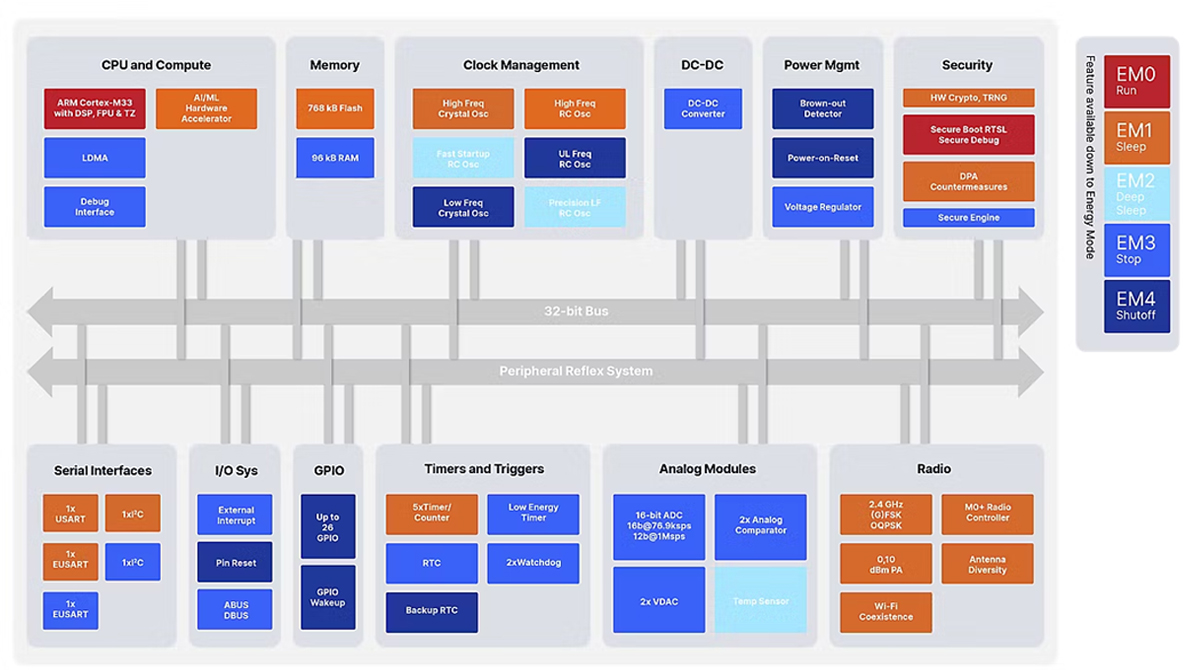
EFR32BG24L Specifications:
- CPU: 32-bit ARM Cortex-M33 @ 78 MHz
- Memory: 96 kB RAM
- Storage: Up to 768 kB flash
- Wireless: 2.4 GHz radio
- Bluetooth Low Energy (BLE) 6.0, Bluetooth Mesh
- TX power: Up to 10 dBm
- Sensitivity: -105.7 dBm @ 125 kbps GFSK
- Direction Finding (AoA/AoD), Channel Sounding
- AI/ML Acceleration: Matrix-Vector Processor (MVP)
- I/O and Peripherals:
- 12-bit ADC (1 Msps), 16-bit ADC (76.9 ksps)
- 2x DAC, 2x ACMP
- Up to 26 GPIOs
- 2x EUSART, 2x I2C, Keypad Scanner
- 8x DMA channels
- Security:
- Secure Vault with DPA Countermeasures
- Hardware Crypto Acceleration (AES, SHA, ECC, ChaCha20-Poly1305)
- Secure Boot, Secure Debug Unlock, Secure Attestation
- Operating Voltage: 1.71V – 3.8V
- Power Consumption:
- RX: 4.4 mA (1 Mbps GFSK)
- TX: 5 mA @ 0 dBm, 19.1 mA @ 10 dBm
- Deep sleep (EM2): 1.3 μA (16 kB RAM retention)
- Operating Temperature: -40°C to 125°C
- Package: QFN40 (5×5 mm)
Compared to BG22, the BG24 has bigger RAM and flash, Bluetooth 6.0 and Channel Sounding support, and higher TX power. Additionally, the optional MVP AI/ML accelerator lets the BG24L run inference up to 8x faster while using just 1/6th of the power compared to the Cortex-M33, boosting performance or extending battery life.
Silicon Labs didn’t go into detail about software support, but the BG22L and BG24L likely work with Simplicity Studio IDE, and AI/ML can be used with TensorFlow, SensiML, and Edge Impulse.
As of now, the BG22L and BG24L low-power BLE 5.4/6.0 SoCs are expected to enter mass production in Q2 2025. More details can be found on the product pages of EFR32BG22L Series 2 and EFR32BG24L Series 2 and in the press release.















